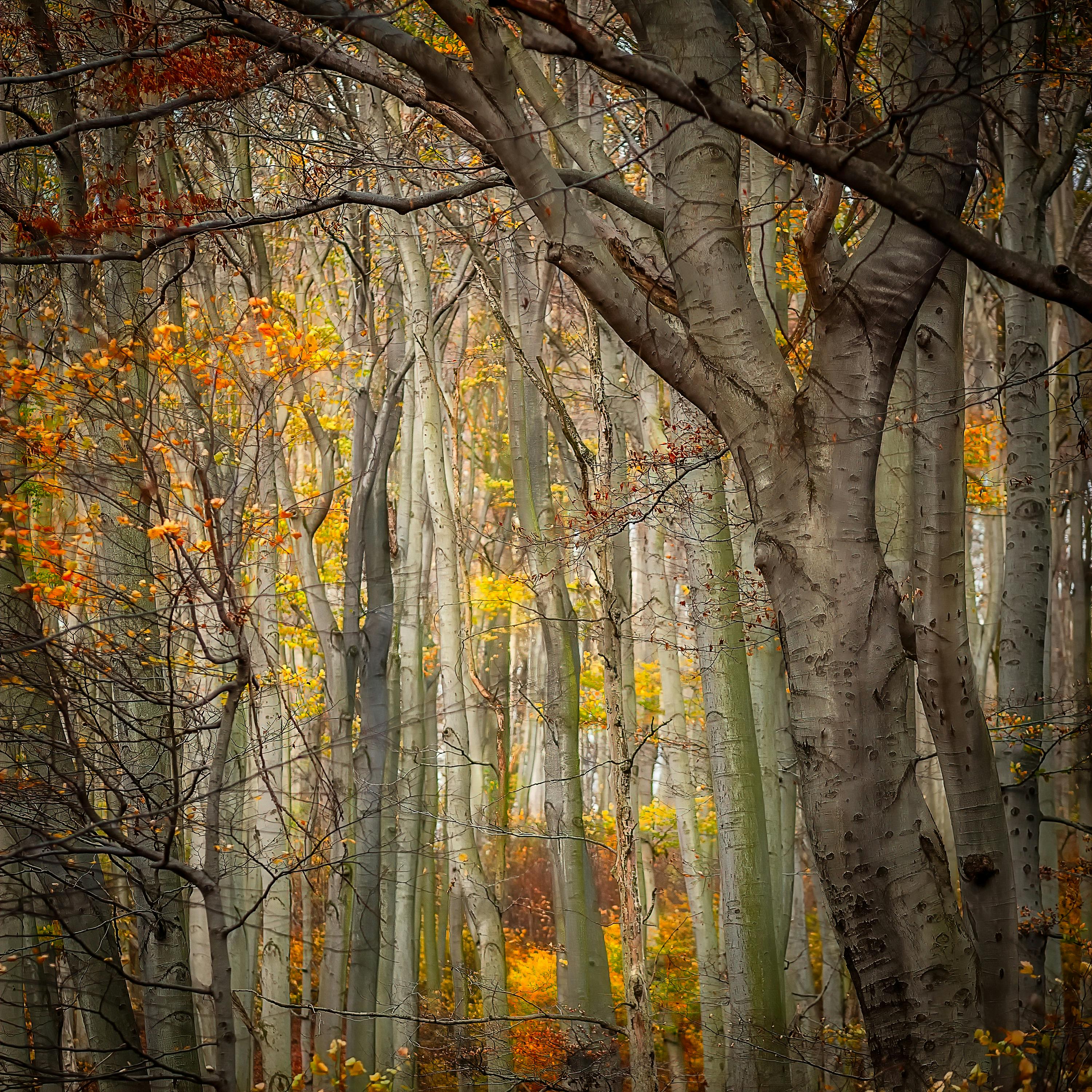
Introduction - Understanding Copper Beech Trees Vs. Common Beech: Home Garden Guide
When it comes to home gardening, the choice of trees used can make a significant difference. The type of trees selected can not only influence the aesthetic appeal but also support local biodiversity. Two popular choices among garden enthusiasts and landscape designers alike are the Copper Beech Tree and the Common Beech Tree. This article will delve into the key differences between these two varieties, helping you make an informed decision tailored to your personal preference and garden's needs.
Copper Beech Tree - A Vision in Purple
The Copper Beech Tree (Fagus sylvatica purpurea) stands out in any garden due to its distinctive purple leaves. Having a foliage color that ranges from dark purple to burgundy, this tree is a fantastic choice for landscapers looking to introduce a burst of colour into their design. During the autumn, the leaves turn a fiery copper tone, thus earning its name. Not only do these trees offer aesthetic value with their vivid shades, but they are also known for their longevity, with a single tree living for several centuries. Versatile and easy to maintain, Copper Beech Trees require well-drained soil conditions and a sunny or partly shady location to flourish.
Common Beech Tree - A Green Serenity
The Common Beech Tree (Fagus sylvatica), also known as European Beech, is favored for its lush, vibrant green leaves and its sturdy grey bark. Apart from their natural green allure, Common Beech Trees have a unique characteristic - their leaves change colour from green to golden brown in autumn, creating a beautiful, seasonal spectacle. Like its copper counterpart, these trees are also known for their longevity and adaptability, although they prefer chalky soils and locations with full-sun to partial-shade exposure.
The Difference - More Than Just A Colour
While the most apparent difference between the Copper Beech and the Common Beech is the distinct colour of their foliage, the distinctions run deeper. Though both trees belong to the same species, the Copper Beech Tree is a cultivar of the Common Beech Tree and occurs less frequently in nature. In terms of growth, the Common Beech typically grows larger and faster than the Copper Beech, making it a suitable choice for homeowners looking for an extensive canopy.
Another key difference is their preferred soil type. Although both types require well-drained soil, the Common Beech is somewhat chalk-loving, while the Copper Beech is more versatile in its soil requirement. These subtle variations can affect the growth and overall health of the tree.
Choosing the Right Tree for Your Garden
Choosing between the Copper Beech and the Common Beech depends largely on the intended aesthetic and desired functionality. If you desire a riot of colour and a tree that commands attention, the Copper Beech Tree is the way to go. Its dramatic leaves and changing seasons bring a beautiful, flamboyant touch to gardens of all styles and sizes.
On the other hand, if you're aiming for a serene, harmonious landscape with a sense of timeless elegance, the Common Beech with its sturdy, grey trunk and delicately green foliage is a perfect choice. With its fast growth and sizeable canopy providing shade and tranquility, it is ideal for larger garden spaces.
Remember that both these trees provide ample habitat and food for wildlife, thereby promoting local biodiversity. Regardless of the type you choose, you are making a long-term commitment, as both types of Beech trees can live for centuries.
Understanding the specifics of Copper Beech and Common Beech Trees will lead to a better-informed decision, one that benefits both you and your home garden. With this information at your fingertips, may your choice contribute to beautiful and sustainable gardening.